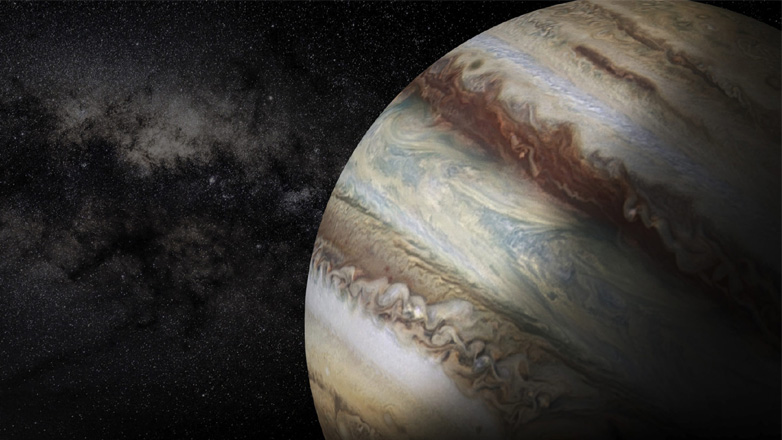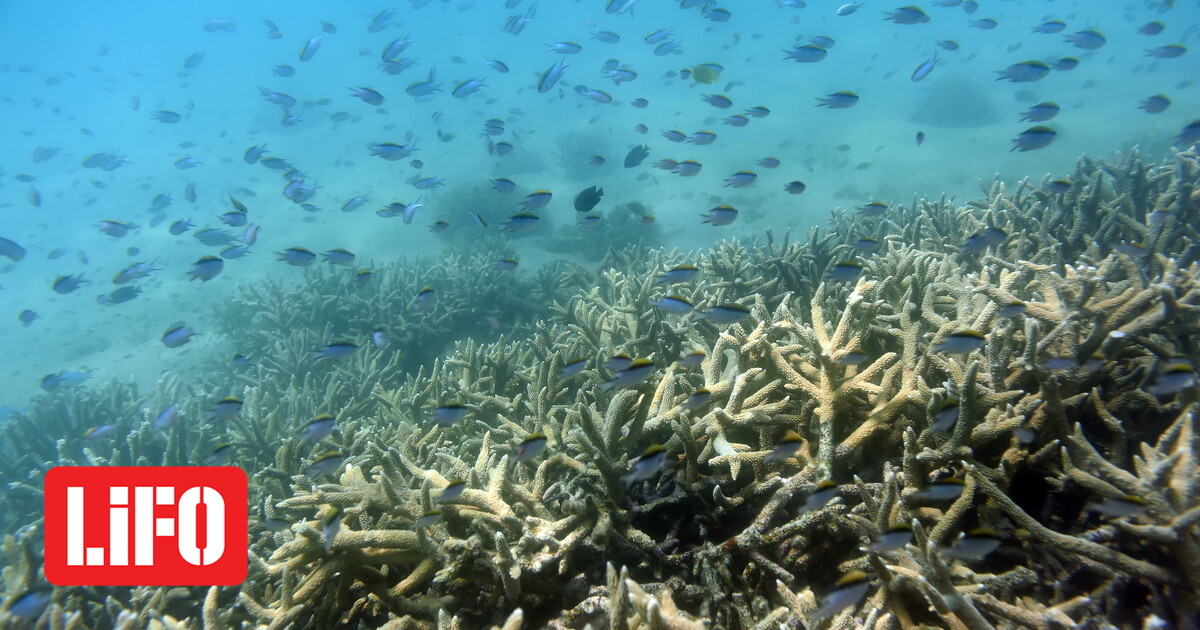
The largest amount of carbon dioxide is found in an area 1,800 km wide called Taja Reggio. This area is covered by “chaotic terrain” with ridges and faults.
The carbon dioxide detected on one of Jupiter’s moons, Europa, comes from an ocean hidden under a thick layer of ice, according to data collected by the James Webb Space Telescope, raising hopes that this water could support life.
Scientists are convinced that a huge ocean of salt water lies tens of kilometers below the icy surface of Europe.
This fact makes it an ideal candidate to host alien life in some form.
But it is difficult to determine whether this hidden ocean contains the chemical elements necessary for the emergence of life. Carbon dioxide (CO2), which, along with water, is one of the building blocks of this process, has already been detected on Europa’s surface, but its source has not yet been identified.
To solve the mystery, two groups of American researchers used data collected by the James Webb Space Telescope. Thus, they were able to map the surface of Europe, according to two studies published today in the scientific journal Science.
The largest amount of carbon dioxide is found in an area 1,800 km wide called Taja Reggio. This area is covered by “chaotic terrain” with ridges and faults.
It is not clear how this “stripe” surface was created.
Relatively warm water in the ocean can rise beneath the Earth’s surface, causing ice to melt, which over time refreezes to form rises.
Like table salt
The first study used information from the James Webb Telescope to determine whether the carbon dioxide came from another source, for example, a meteorite. Bottom line: The carbon dioxide “comes from within, perhaps from the moon’s hidden ocean,” explained Samantha Trumbo, a planetary scientist at Cornell University in the US who led the study.
In the Taja Reggio region, scientists have also identified an element similar to table salt. For this reason, the area is more yellow than other white areas in Europe. This element may also have emerged from the ocean.
“We now have carbon dioxide and salt: we’re starting to learn more about the internal chemistry” of Europe, Trumbo said.
Based on the same data as James Webb, the second study also concluded that carbon dioxide originates from within Europe.
Europa, one of Jupiter’s three icy moons, is the target of two major space missions hoping to solve the mystery of its surroundings.
ESA’s Juice spacecraft launched last April, while NASA’s Europa Clipper will launch in October 2024.
It would take eight years to reach Jupiter and its large moons, Io, Europa, Ganymede and Callisto, which Galileo discovered in 1610.

“Avid problem solver. Extreme social media junkie. Beer buff. Coffee guru. Internet geek. Travel ninja.”





More Stories
‘Like underwater fires’: The Great Barrier Reef had its hottest summer on record
Physicists uncover a cosmic mystery: “A flaw in the structure of the universe”
It will be 500 times faster than a 5G phone – when is it expected to be released?